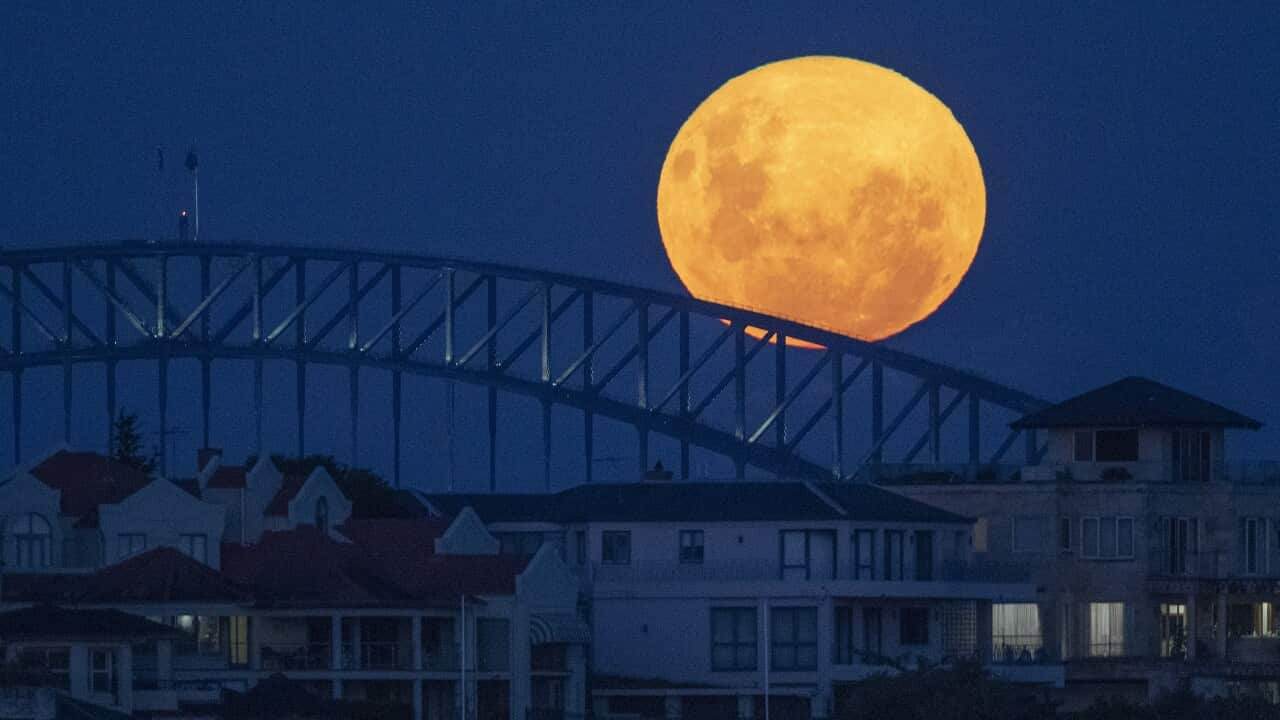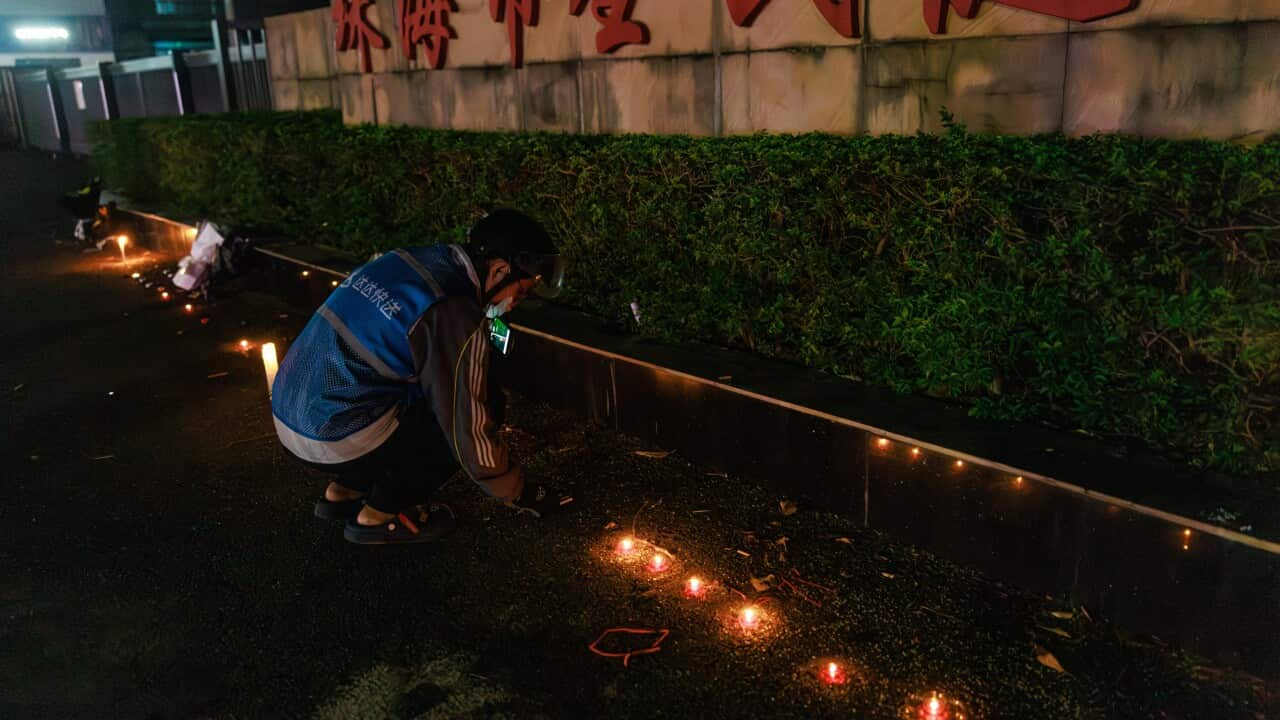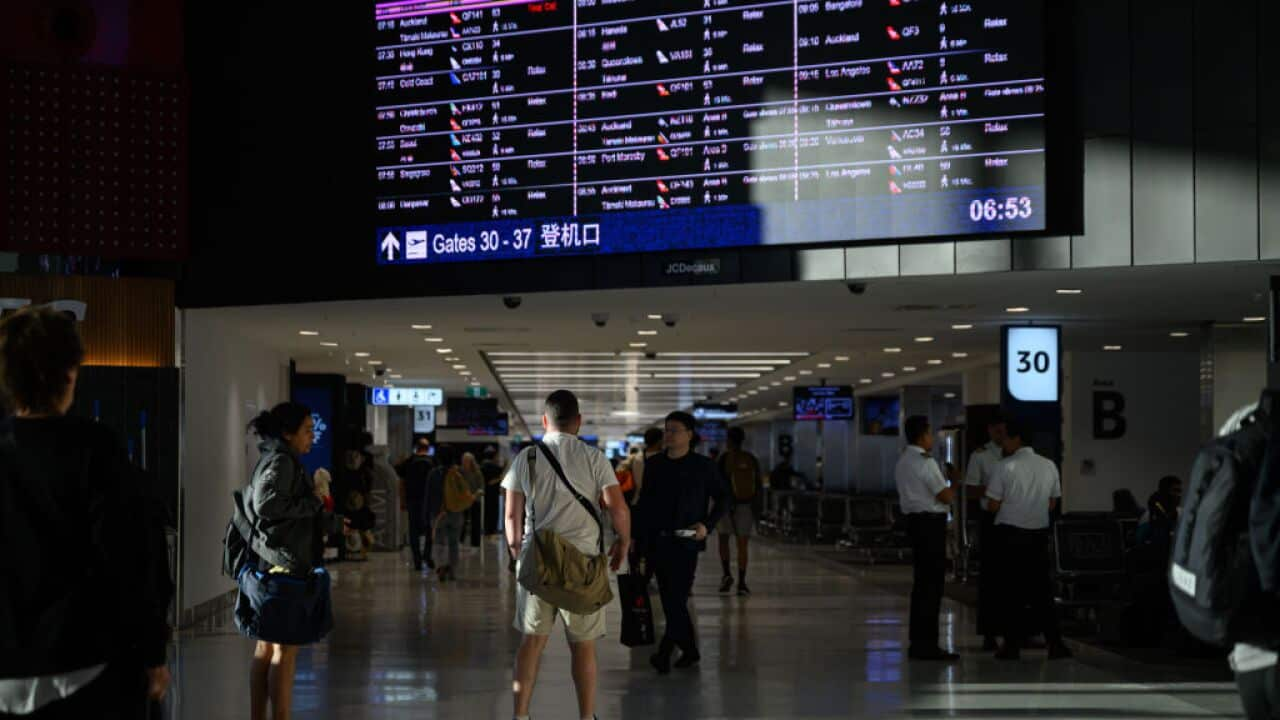
Australian stargazers will be able to witness a seemingly bigger and brighter moon in the sky tonight — a so-called supermoon.
Here’s what to know if you want to catch it.
What is a supermoon and how common are they?
The term ‘supermoon’ — coined in 1979 — describes a full moon that occurs “near or at the time when the moon is at the closest point in its orbit around Earth”.
“The moon doesn’t have a perfectly circular orbit. Sometimes it’s a little closer. Sometimes it’s a little further,” Dr Kat Ross, science communicator and astrophysicist at the International Centre for Radio Astronomy Research at Curtin University said.
When the moon is closest to Earth — referred to as ‘perigee’ — and is full at the same time, a supermoon occurs.
What time is the supermoon?
“We’re lucky. We’ll get to experience this beautiful supermoon all over Australia. Wherever you are, you’ll get to see it,” Ross said.
Wednesday night’s supermoon will rise after sunset or around dusk. The time varies depending on the state and territory, but is expected to peak at:
6pm AEST Sydney
6:26pm AEST Melbourne
5:53pm AEST Brisbane
6:09pm AEST Canberra
6:16pm AEST Hobart
6:23 pm ACST Adelaide
6:57pm ACST Darwin
6:29pm AWST Perth
How can I get the best view of the supermoon?
To get the best view of Wednesday night’s supermoon, skygazers are advised to find an open area with a clear view of the horizon. Ross says you won’t need binoculars because the moon will be very bright.
“Usually for astronomical events, we suggest avoiding light pollution; but in this case, your light pollution is also the moon. It’s going to be so bright tonight that even if you’re out in the country, it will fade out stars as well,” she said.
“No matter where you are — even if you’re surrounded by city lights — you’ll get to see it.”
When are the next supermoons?
Two supermoons are expected before the year ends — one on 17 October 17 and the other on 15 November.














